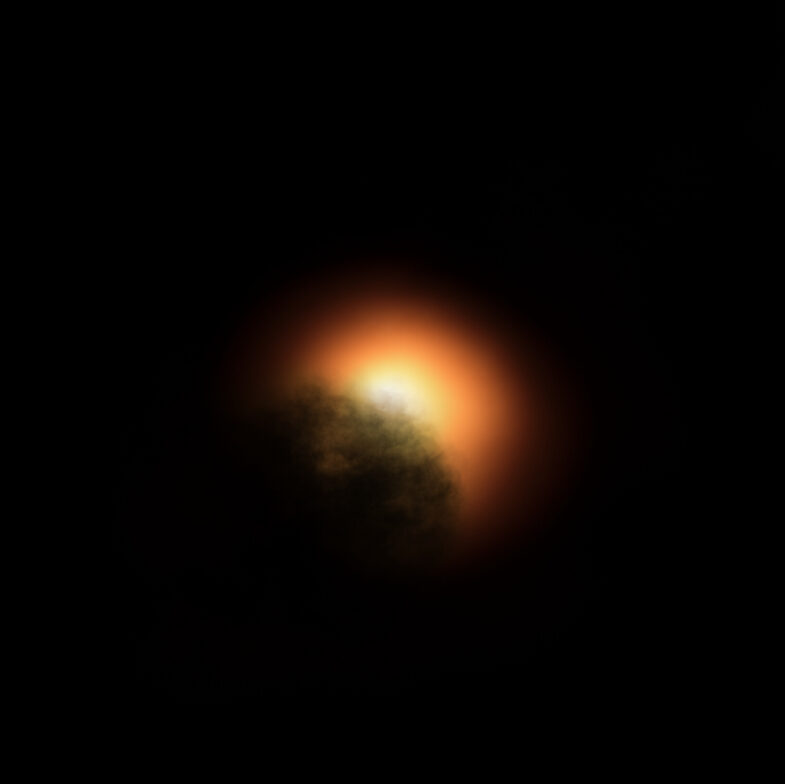
The great dimming of Betelgeuse: Hubble observations provide insight
Haystack radio astronomer Lynn Matthews is a co-author of a new study that may have solved the mystery of the origin of the recent unprecedented dimming of Betelgeuse, a normally bright naked eye star in the constellation of Orion (“Spatially Resolved Ultraviolet Spectroscopy of the Great Dimming of Betelgeuse,”; Dupree et al., published in The Astrophysical Journal.)
Betelgeuse, an aging red supergiant, is a well-known variable star and normally undergoes slow changes in brightness over time. However, in late 2019 it mysteriously dimmed by nearly two-thirds, but returned to normal brightness by April 2020.
An international team of astronomers, led by Andrea Dupree, associate director of the Center for Astrophysics–Harvard and Smithsonian (CfA), has published new research on Betelgeuse based on observations from the Hubble Space Telescope (HST).
The astronomers used HST to make a series of ultraviolet spectroscopic observations that began in January 2019 as part of a three-year project to detect atmospheric variations within the star. Because of Betelgeuse’s enormous size and relative proximity to Earth, the HST observations were able to resolve the stellar atmosphere and detect changes and motions of gas over the course of several months. The data suggest that a large blob of hot material was ejected from the star’s surface, then cooled to create an obscuring dust cloud, dimming the star’s brightness.
“Betelgeuse is such a large star that if it were at the center of our solar system it would swallow up several planets, including the Earth and Jupiter,” says Matthews. “That, combined with the resolving power of HST, gives us the rare opportunity to actually study motions within the atmosphere of a star other than the Sun. And we caught it just at the time when something very interesting was happening.”
HST observations will resume in late August or early September, when Betelgeuse is again in a position for Hubble observations. The study team is also analyzing data from other telescopes, including radio telescopes, to better understand what triggered this recent gas ejection.
Credits: the Hubble Space Telescope is a project of international coordination between the European Space Agency (ESA) and NASA.